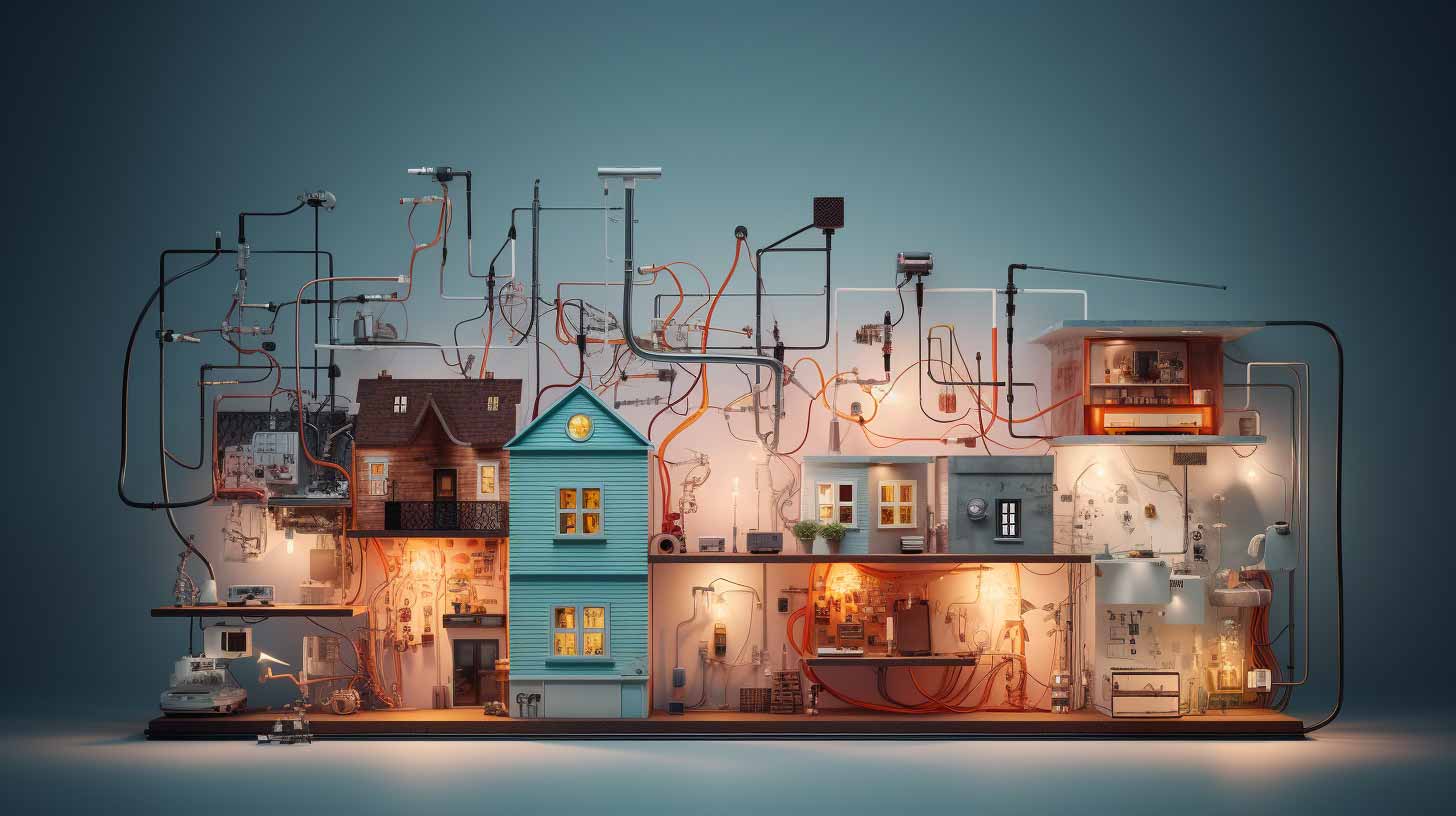As more homeowners embrace renewable energy solutions, solar installations have become increasingly common. While the benefits of solar power are numerous, some homeowners may encounter unexpected challenges, such as circuit trips, after installing a solar system. In many cases, the culprit behind these disruptions is not the solar system itself but rather pre-existing issues with the property’s wiring and breakers. In this article, we’ll explore why your house circuits might trip after solar installation and what steps you can take to address the issue.
The Role of Batteries and RCD Breakers
One common scenario leading to circuit trips is the installation of a battery with blackout protection along with a solar system. Batteries play a crucial role in storing excess energy generated by solar panels for later use, especially during power outages. However, integrating a battery may necessitate an upgrade of Residual Current Device (RCD) breakers.
When a battery is added to the solar setup, it often requires specialised RCD breakers to ensure the system’s safety and compliance with regulations. These new breakers are designed to protect against electrical faults and improve the overall safety of the solar installation. However, if your home’s existing wiring and breakers are non-compliant or outdated, installing new RCD breakers can lead to circuit trips.
Determining Non-Compliance
Non-compliant wiring and breakers may not be immediately apparent, as they are often hidden behind walls or within electrical panels. Homes with outdated electrical systems or those that have undergone DIY electrical work without proper inspection are likelier to have non-compliant components. Signs of non-compliance may include flickering lights, frequent circuit trips, or outdated electrical panels.
Fault Attribution
It’s crucial to understand that circuit trips after a solar installation are likely not the fault of the solar system or the installation team. Instead, they might indicate pre-existing issues with the property’s electrical infrastructure. This emphasises the importance of conducting a thorough assessment of your home’s electrical systems before embarking on any significant electrical-related work on your home.
Resolving the Issue
The ultimate solution to persistent circuit trips is replacing outdated or non-compliant wiring in your home. In cases where this is a quick job, some solar installers may offer to address the issue on the same day as the installation. However, for more extensive rewiring projects that require additional time and effort, scheduling a dedicated electrician to fix your wiring becomes necessary.
Conclusion
While solar installations offer a sustainable and efficient way to generate electricity, homeowners must be aware of potential challenges that may arise during or after the installation process. Circuit trips, often attributed to the need for RCD breaker upgrades, can shed light on pre-existing issues with a property’s wiring.
By recognising the source of the problem and taking proactive steps to address it, homeowners can ensure a smooth and reliable solar energy experience. In the end, investing in the upgrade of your electrical infrastructure not only resolves immediate issues but also contributes to the long-term safety and efficiency of your home.







